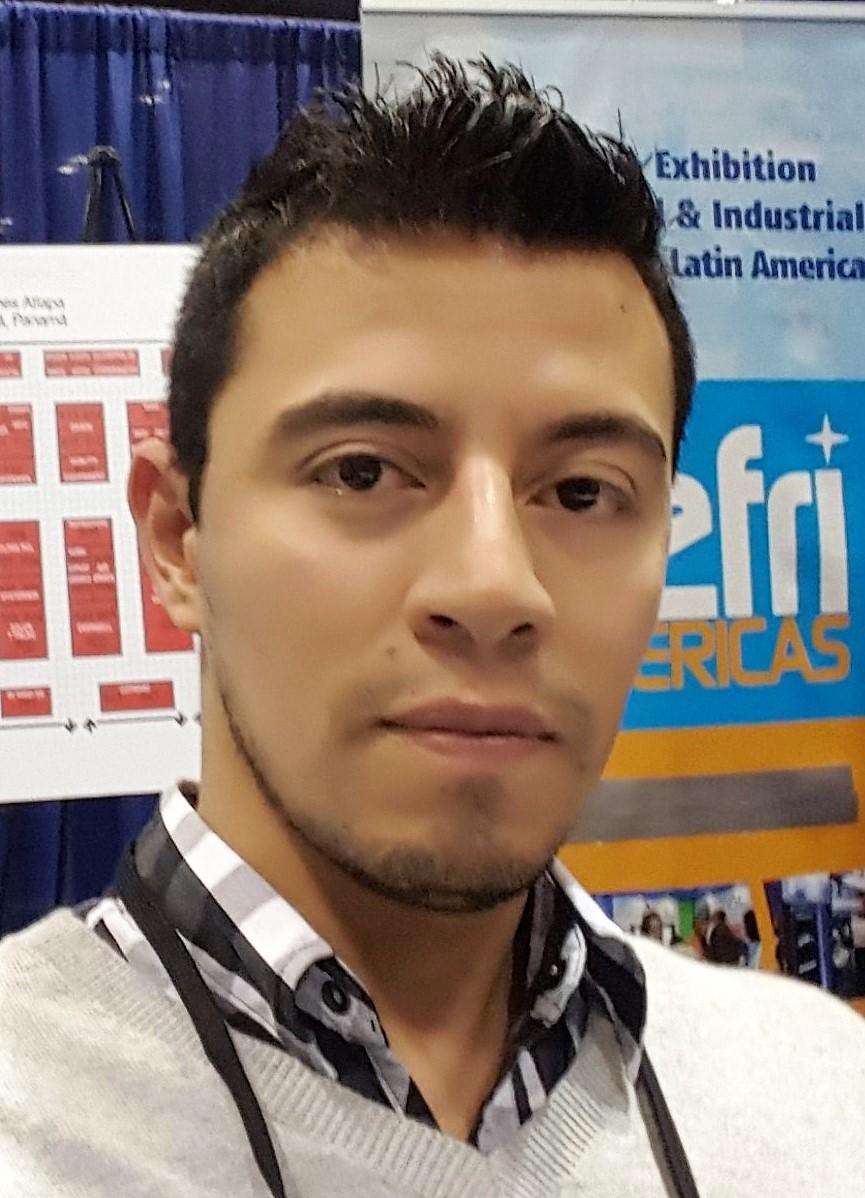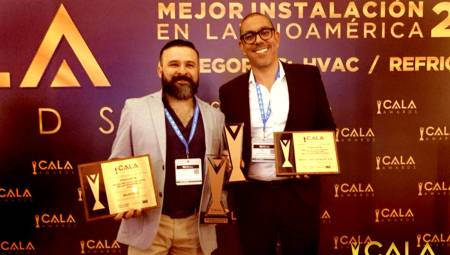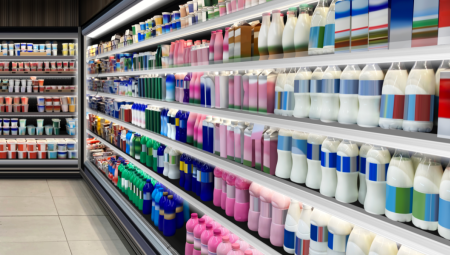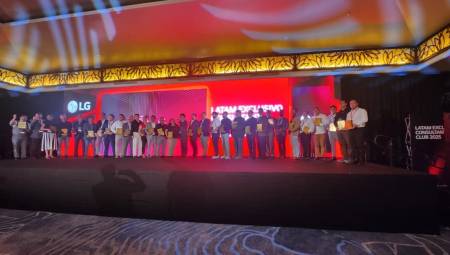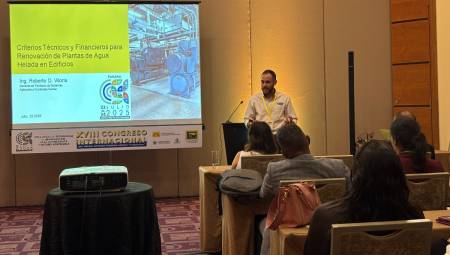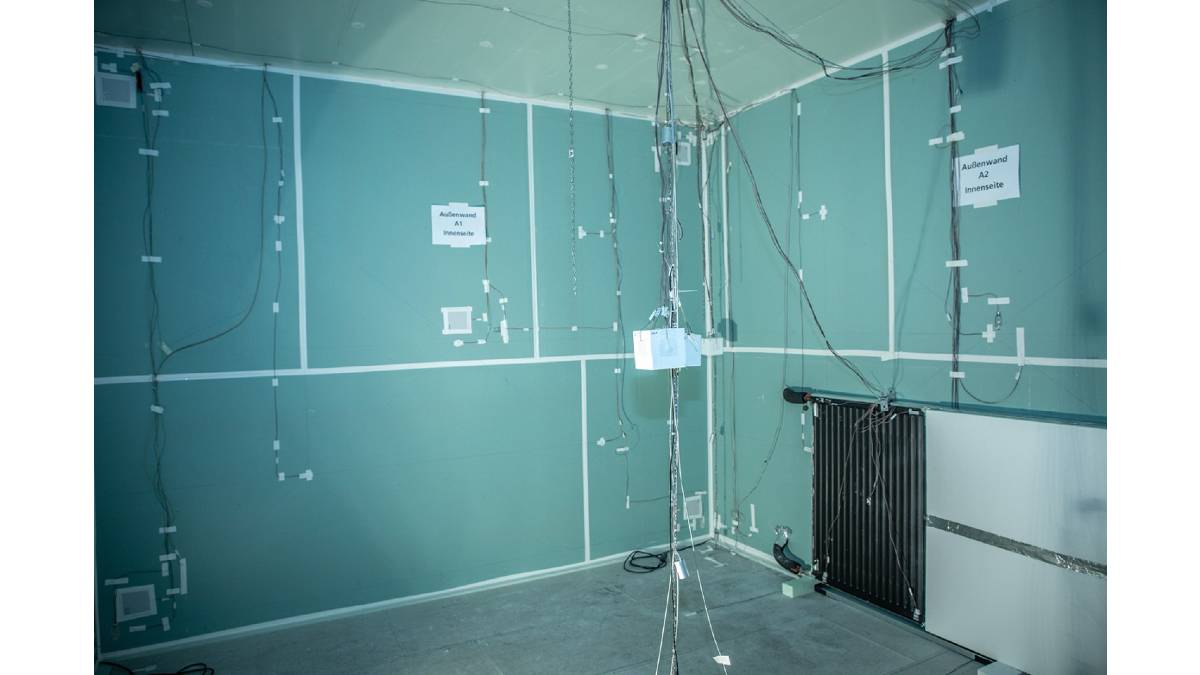 International. Climate change is causing a persistent increase in the number of hot summer days. Offices and homes are getting hotter, and nights provide little respite from the heat. In this context, a significant increase in the installation of new cooling systems is expected, which in turn will lead to higher energy consumption.
International. Climate change is causing a persistent increase in the number of hot summer days. Offices and homes are getting hotter, and nights provide little respite from the heat. In this context, a significant increase in the installation of new cooling systems is expected, which in turn will lead to higher energy consumption.
A possible cost-effective alternative is to use existing heating systems. According to an analysis by the Fraunhofer Institute for Construction Physics IBP, the heat pumps of these systems can be operated in reverse to provide effective cooling.
The global energy consumption of air conditioning systems continues to rise. According to information from the International Energy Agency (IEA), the total energy used to cool residential and office buildings in 2016 was around 2,000 terawatt hours. That's about 10 percent of the world's total energy consumption. This amount could triple by 2050: by then, ten air conditioning systems will be sold per second. In Germany, experts expect energy consumption for cooling residential buildings to double over the next 20 years. For non-residential buildings, the German Environment Agency expects a 25 percent increase.
How can this expected increase in new cooling system installations be prevented?
This is the problem being addressed by a team of fraunhofer IBP researchers. "In existing buildings, if a heat pump, i.e. the heat generator, which is already installed can be operated in the reverse direction to provide air conditioning, the same system that is already being used for heating could also be used for cooling," says Sabine Giglmeier, a scientist at Fraunhofer IBP. This would eliminate the need to purchase new cooling systems and save energy.
Evaluation of the potential of radiators and underfloor heating systems
To assess the extent to which this technology can be used to prevent overheating in summer, the engineer and her team assessed the potential of two heating systems: they investigated whether radiators and underfloor heating systems (heat distributors) could replace air conditioning units that are often being used in existing buildings. These units dissipate their waste heat through a tube or through the window or through an opening in the wall.
"Not only do these air conditioning systems consume a lot of energy, they are also noisy and create drafts. They can also cause hygiene problems if not properly maintained," explains the researcher.
Simulations with WUFI® Plus
To determine whether heat pumps can be combined with radiators or underfloor heating systems for use as a cooling system, the researcher and her team conducted initial tests under laboratory conditions in the climate chamber with radiators and underfloor heating systems. The digital twins of the heating systems were then tested using WUFI® Plus building simulation software to determine if the lab measurements matched the software's calculations.
"We can use digital twins to produce a valid representation of reality and calculate the effect of the overall system in a wide range of application scenarios. This allows us to identify specific areas where heat pumps plus radiators or floor heaters are most effective."
The simulation software creates a (hygienic) link between heat and humidity in the calculation. The simulations can be scaled to any type of building, taking into account a number of parameters such as the size of the room and window, the size of the heating elements, the outside temperature and the design and number of windows. Researchers can examine other parameters, such as energy requirements and comfort. This allows a complete evaluation of the heating and cooling systems.
Tests found that both radiators and underfloor heating systems have the potential to significantly reduce ambient air temperature in the summer and produce a pleasant cooling effect in office spaces with a standard size of 16 m2, windows up to 3 m2 and two workers, without unwanted condensation forming on cold surfaces. The inlet temperature of the system should be adjusted according to the dew point of the ambient temperature to avoid structural damage due to condensation.
"Dew point temperature is a critical figure that we need to take into account in our calculations. This is because moisture condenses on a surface when the surface is cooler than the dew point temperature of the air. That is why it is important to consider the dew point temperature when cooling. In other words, if the dew point temperature is 13 degrees Celsius, the water we feed through the heating system cannot be colder than that, otherwise the water in the air will condense into the heating element and supply lines, causing moisture."
Up to 65 percent degree-hour reduction of excess temperature
Another important criterion for calculations is overtemperature in degree-hours. This unit of measurement refers to the number of hours and kelvin above the room limit temperature, which is 26 degrees Celsius, in the year. A maximum of 1,200 degrees of overheating hours per year is allowed in residential buildings and only 500 in offices. The researchers' calculations showed a more than 40 percent reduction in degree-hours of overtemperature for radiators measuring 70 cm by 1 m. For radiators that double that size, a 65 percent reduction can be achieved compared to a room without cooling.
"Overall, we demonstrate that the cooling performance achieved with radiators is sufficient with moderate participation of the window surface. However, a greater part of the window surface area requires a larger cooling area to achieve pleasant indoor weather conditions. This area can be provided by underfloor heating systems, which also produce a significantly greater cooling effect, as our tests have shown," says Giglmeier in summary. Heat pumps with cooling functions could be an alternative to the cooling systems of existing buildings.
It remains to be investigated to what extent the overall system affects user comfort, for example, whether floors get too cold or whether temperature changes affect floor coverings and other room materials.
The potential assessment by the IBP researchers was sponsored by the Fraunhofer High-Performance Center Mass Personality.
Source: Fraunhofer Institute for Building Physics IBP.


